“We believe steel structures are the future for large swine production facilities and are thrilled to be at the forefront of this innovative trend. By embracing steel, we are unlocking a host of benefits that will redefine the industry, ensuring optimal efficiency, sustainability, and animal welfare.”
At APS, we are proud to be at the forefront of transforming the construction of swine facilities through the pioneering use of steel building structures. This year, we were awarded the first, second, and third all-steel swine structure contracts, solidifying our position as the leader in this new and innovative building design solution. In this post, we will explore the critical attributes of steel structures and how APS has positioned itself as an expert in the field, providing innovative, state-of-the-art options to our customers.
Exceptional Strength and Durability
One of the key advantages of steel building structures is their exceptional strength and durability, which have become a game-changer in swine facility construction. We utilize galvanized steel frames that offer superior load-bearing capacity and corrosion protection, surpassing what is achievable with traditional wood frame construction. This means that steel structures have a lifespan that lasts a lifetime, providing a long-term investment for swine producers. As the industry moves toward larger and larger production operations, securing traditional insurance on a wood structure complex is difficult if not impossible. Steel is more insurable and furthermore steel structures typically result in lower insurance premiums due to their resilience against fire loss, high winds (especially during the construction process), and adverse weather conditions.
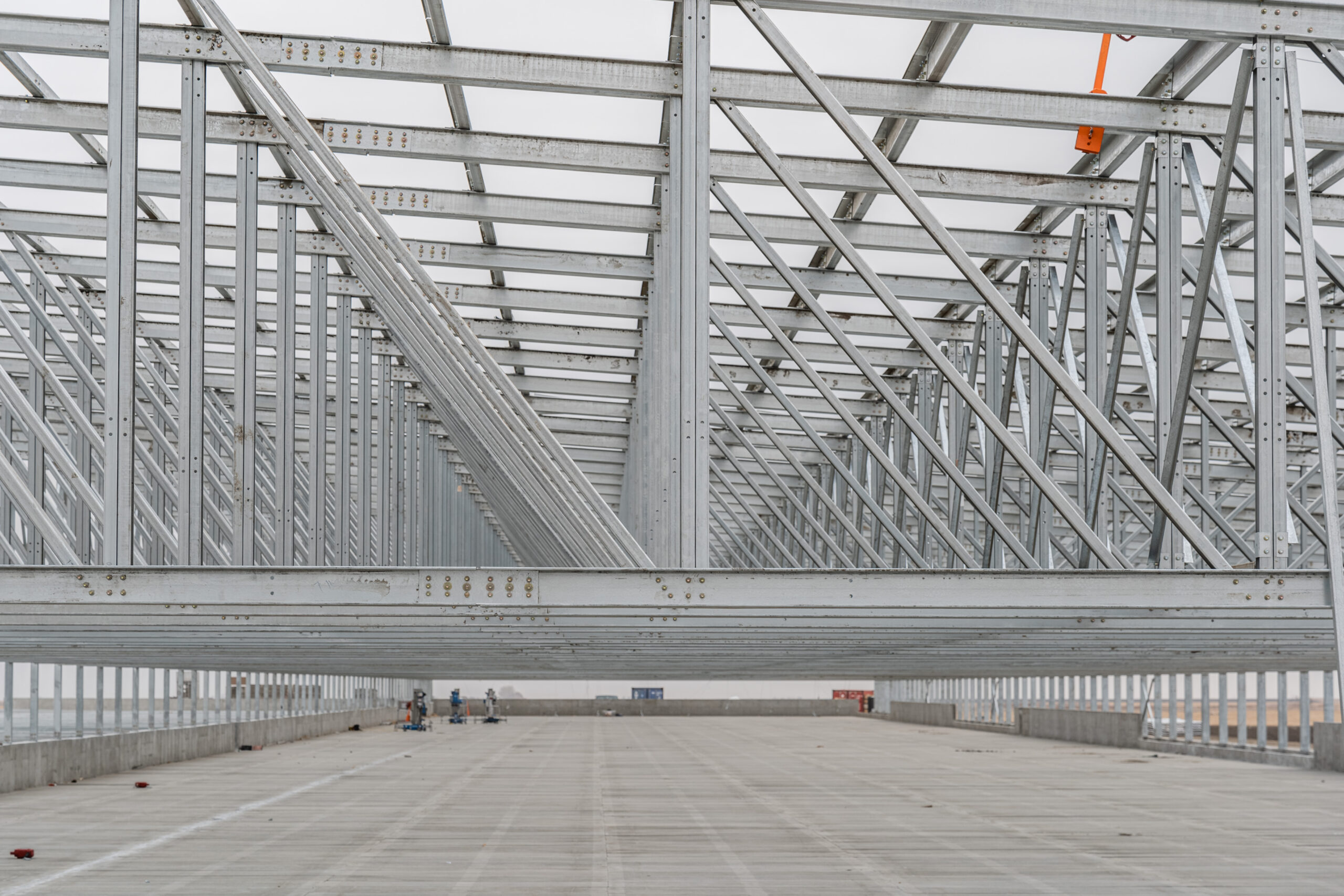
Energy Efficiency
Energy efficiency is another critical aspect of steel structures. In steel buildings currently under construction are using special insulated metal panels of varying thicknesses (about 1.5 to 4 inches), which offer excellent energy efficiency. These panels meet specific energy efficiency requirements (R12 to R30 range), reducing energy consumption and operational costs. The solid core foam insulation in these panels provides superior insulation properties compared to wood structures. This creates tighter barn seals, better climate control, and benefits the environment by contributing to a more sustainable and cost-effective swine operation.
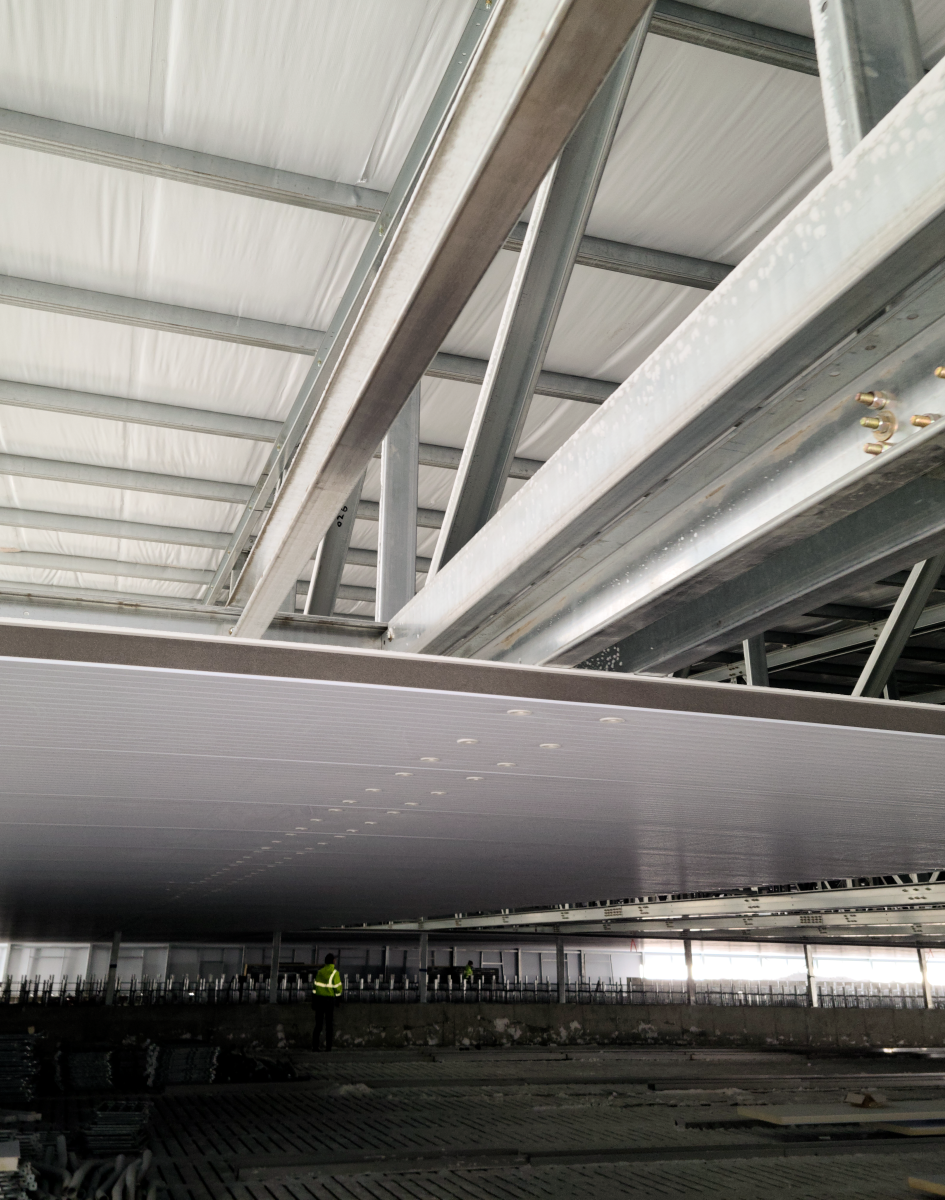
Sound Long-Term Investment
While steel building structures may require a higher upfront cost than traditional wood builds (averaging approximately 36% or higher), their long-term benefits and longevity make them a sound investment. In our experience, swine producers will see a return on their investment around the 11-year mark (varies by producer and facility specifications), after which the savings go directly into the owner’s pocket. The durability and resilience of steel structures ensure a lifetime of reliable performance and cost savings, making them an attractive option for long-term financial gains.
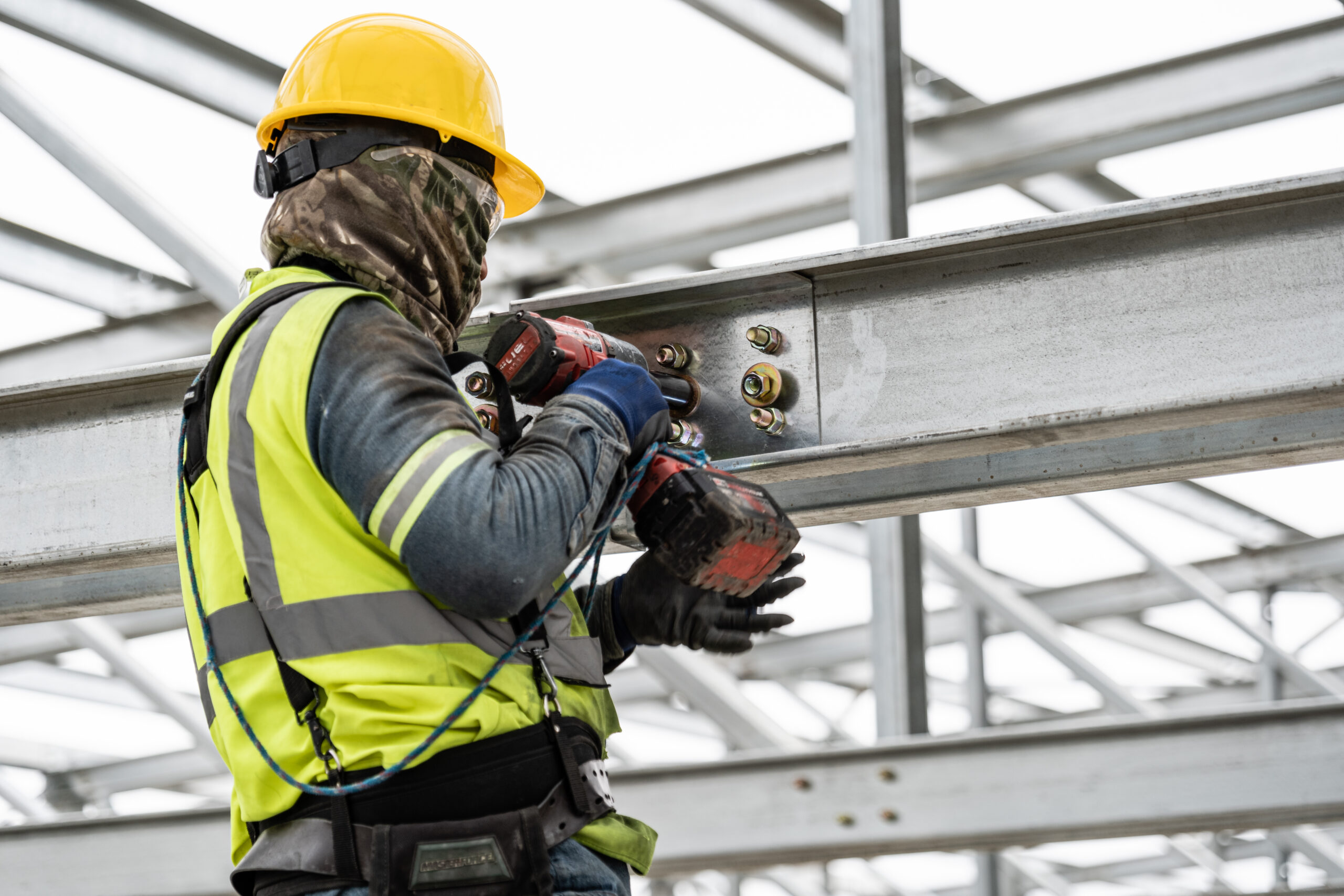
Construction Speed and Efficiency
Construction speed and efficiency are also significant advantages of steel structures. The prefabricated nature of these structures allows for faster and cleaner construction processes compared to traditional wood structures. Steel components arrive on-site ready for assembly, reducing construction time significantly. As steel becomes the industry norm for large swine facilities, we expect to see even greater efficiencies. Additionally, the insulated panels provide warmth to the structure sooner, which is advantageous when constructing during the winter months. This streamlined approach saves valuable time, enabling swine facilities to become operational sooner and maximizing productivity and profitability.
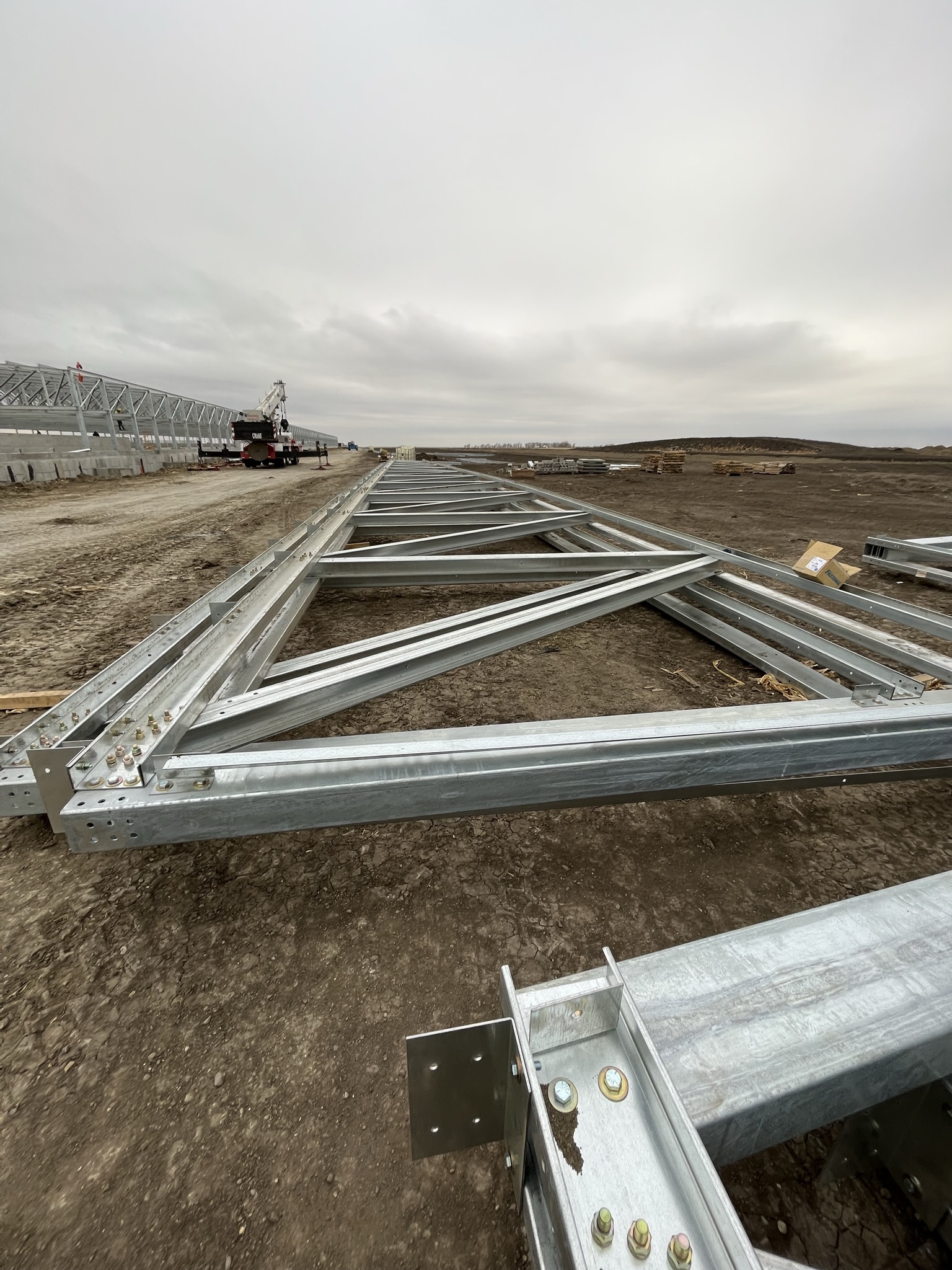
Biosecurity Advantages
Maintaining robust biosecurity measures is crucial in agricultural facilities, and steel structures offer superior advantages. The insulated metal panels used in our designs eliminate the use of cellulose in the attic space, which can be a breeding ground for dust, bugs and bacteria. Moreover, the insulating foam in the panels is moisture-resistant, creating a comfortable and healthy environment for the animals. By minimizing potential disease vectors and improving sanitation, steel structures significantly enhance biosecurity, safeguarding the overall health and welfare of the animals.
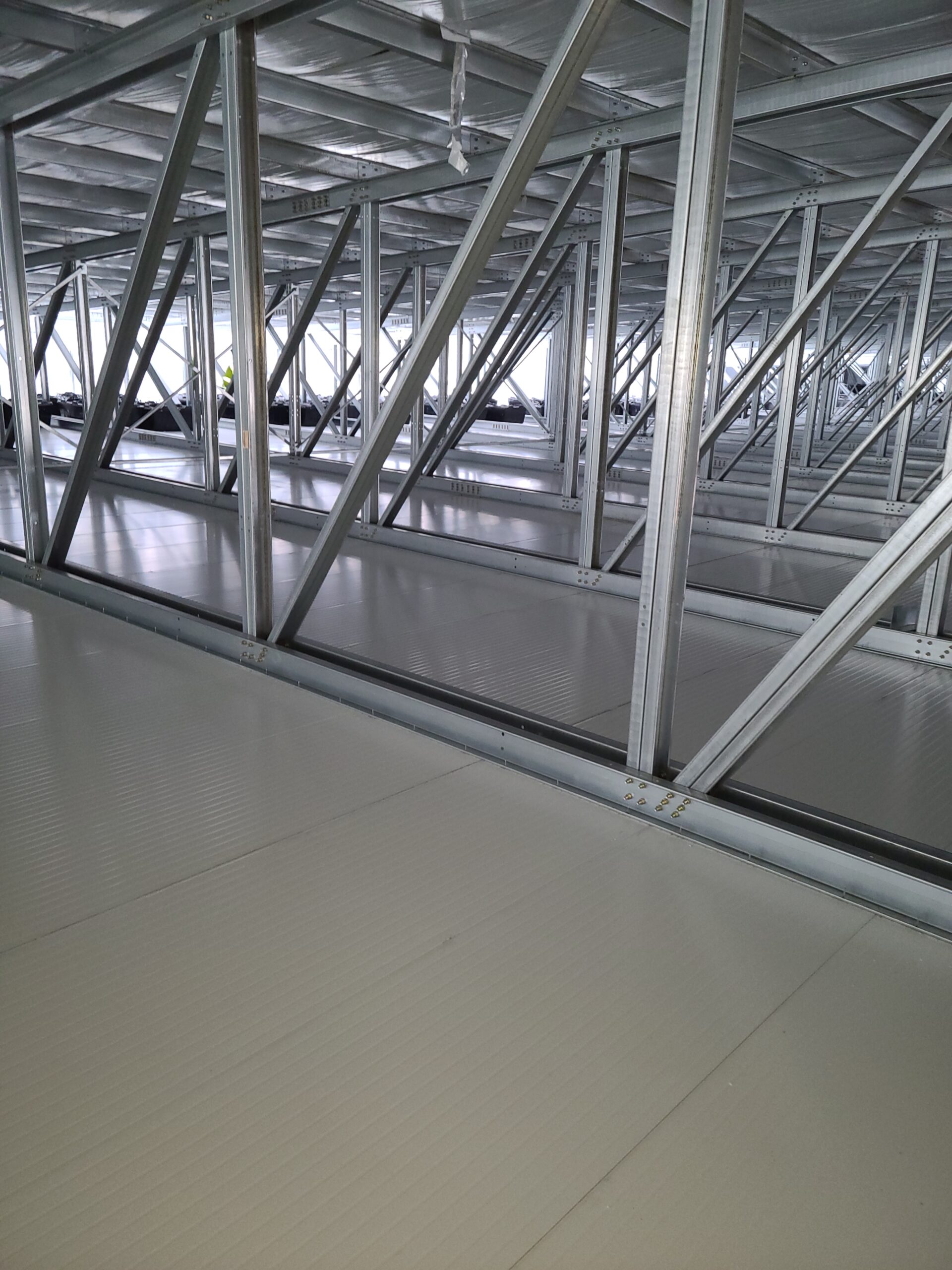
In conclusion, APS has established itself as the leader in swine facility construction through its innovative use and erection of steel building structures. The exceptional attributes of steel, including strength, longevity, energy efficiency, biosecurity enhancements, insurability and insurance savings, and transportability, make it a solid choice for modern swine operations. By leveraging these benefits, APS continues to transform the industry by creating efficient, sustainable, and resilient facilities that meet the evolving needs of the swine market and other sectors in the agricultural industry.
POST: KEY TAKEAWAYS
- Steel structures are durable and long-lasting
- Steel offers flexibility and cost optimization for large production facilities
- Steel buildings withstand extreme weather conditions and have a lower risk of cathosphic loss due to fire
- Steel facilities can reduce the cost of insurance and monthly premiums

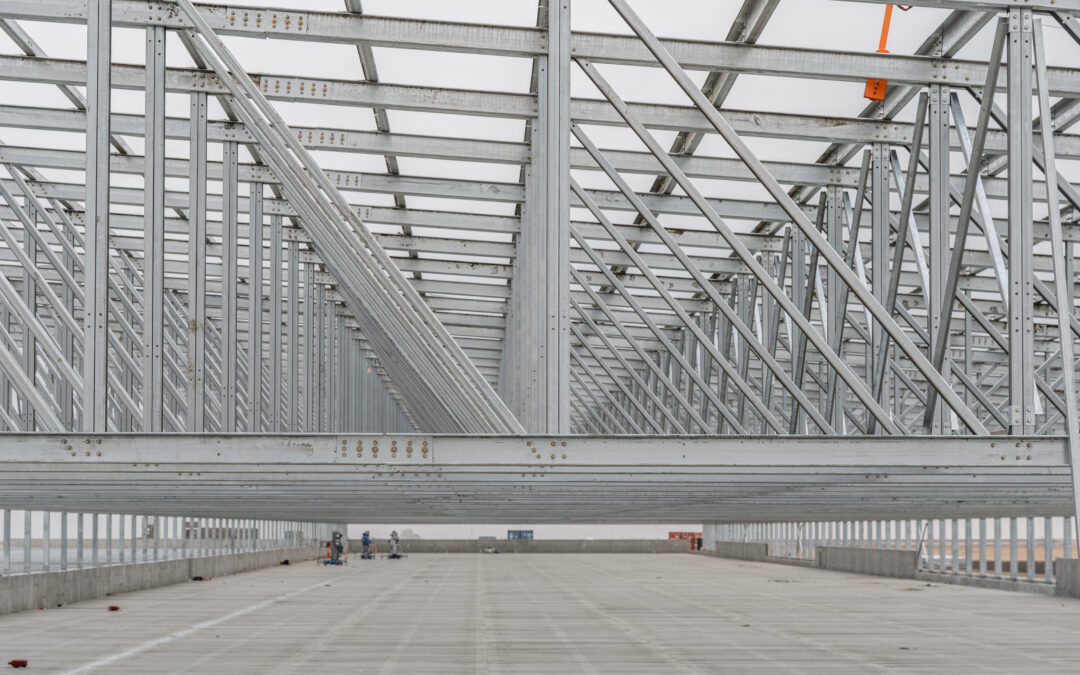
Recent Comments